Welcome to New Rochelle, our next stop on our tour of the New Haven Line. Located about 17 miles from Grand Central, a train ride to the city takes about 35 minutes – leaving plenty of time to get to Broadway in 45. The station services both Metro-North passengers, as well as Amtrak passengers on the Northeast Regional. The station is part of New Rochelle’s “transportation center” with connections available to taxis and Bee-Line buses, and a large parking garage available for commuters.
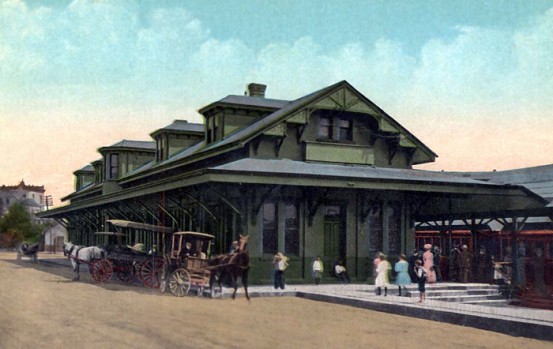 Â
 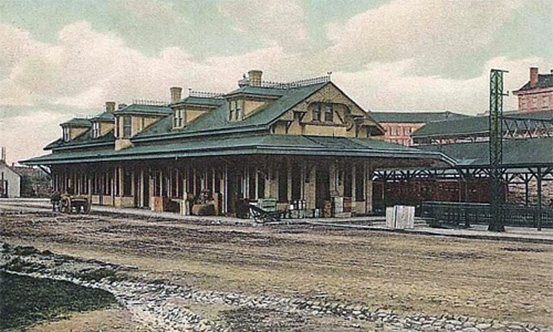 Â
Â
Postcard views of New Rochelle
The very first scheduled train from New Rochelle to the city ran on December 28th, 1848. At that time there was only a single track here. A second track was later added in 1853. By 1869 there were 6 trains daily that ran to and from New Rochelle and the city.
One of the most historically significant trains to ever depart New Rochelle, however, was on the day of January 8th, 1902. The usual New Rochelle commuters boarded their 7:48 train to the city. The train was a local that originated in South Norwalk, but the rear car was called the New Rochelle car – it was kept locked and was only opened for passengers upon arrival at that station. Everything played out as normal that day, until the train reached the Park Avenue Tunnel and paused on track 2 at about 55th Street to allow a Croton local train to pass. A White Plains local, also arriving in the tunnel and on track 2, ran through a red signal at about 59th Street and plowed directly into the back of the South Norwalk local – the New Rochelle car. Fifteen residents of that city were killed on scene and many other passengers on the train were injured. Newspaper headlines ranged from the relatively gruesome: “Trapped Under Engine and Roasted by Steam” to the more sympathetic: “New Rochelle Grief-Stricken.”
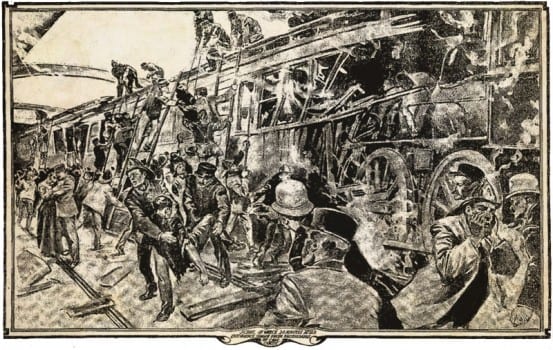
Rescue operations after the Park Avenue Tunnel crash in 1902. All of those killed boarded at New Rochelle.
At the time of the crash, steam trains were allowed in the tunnel, which made visibility very poor. The incident significantly swayed public opinion against steam in the city, and ultimately led to their banning in Manhattan. The railroads were left to find an alternate method of powering their trains into the city. Frank Sprague and William Wilgus invented the “third rail” method of powering new electric trains – technology that is still in use today on the Harlem and Hudson Lines. The most important change the crash brought about was the new Grand Central Terminal – a station built to accommodate these new electric trains.
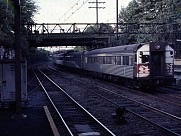 Â
 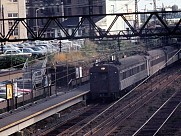 Â
 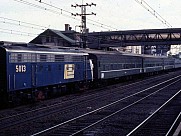 Â
 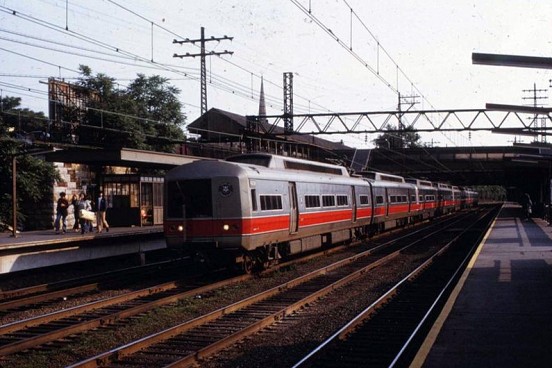
Photos of various trains at New Rochelle in the 1970’s
New Rochelle has come a long way since the railroad first came to town in 1848. Back then the city had only about 2,000 inhabitants. By the 1900’s, however, that number had grown to 15,000, as New Rochelle became a desirable suburb for commuters (today the population is around 77,000). While the original roundhouse for steam engines and a yard for freight are no longer in existence, the historic station building remains and has been restored. Like many old stations, the 1887 building had fallen into disrepair, it was also burned by fire in 1988. Commuters had described the station as dank, dirty, and derelict.
Thankfully, instead of tearing down the station, it went through a process of restoration starting in 1990. The city of New Rochelle, which had purchased the station property in 1982, agreed to share the cost of the restoration with Amtrak. The fully restored station was reopened on March 1st, 1990. The one-and-a-half story building is again beautiful – the brick exterior was cleaned, and the inner plaster walls and wood ceiling were repaired. The terrazzo tile flooring was in poor condition and had to be completely replaced. Additional changes made during the renovations included new lighting, bathrooms, and windows. The station was nominated, and is now a part of the National Register of Historic Places.


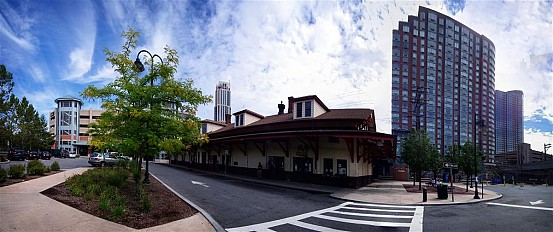
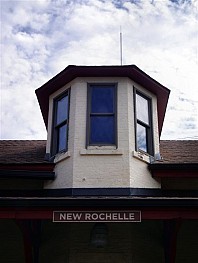
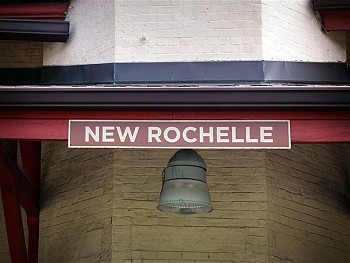
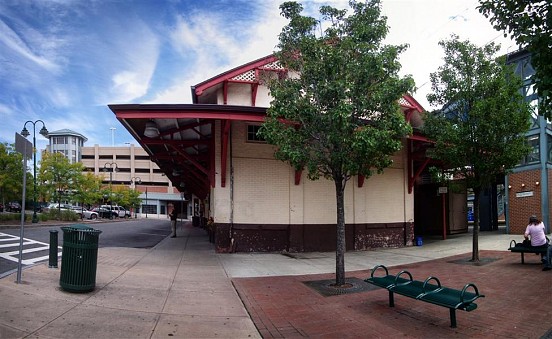
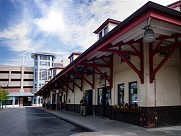
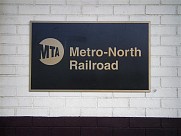
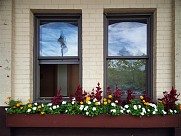
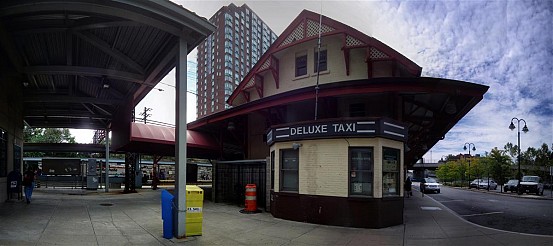
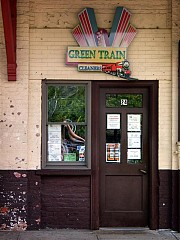
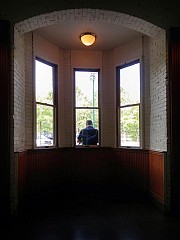
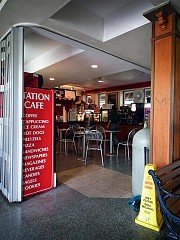
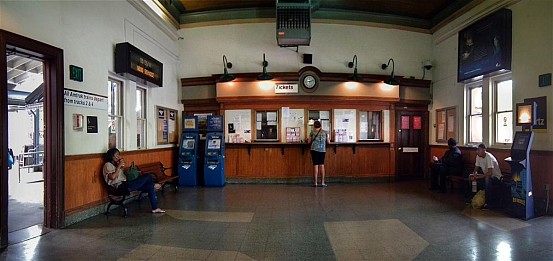
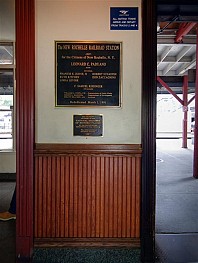
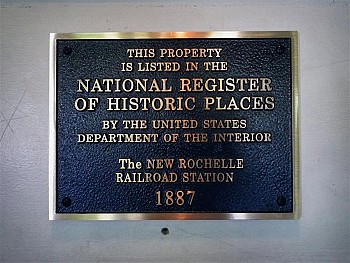
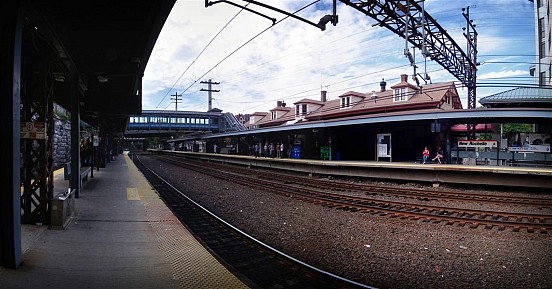
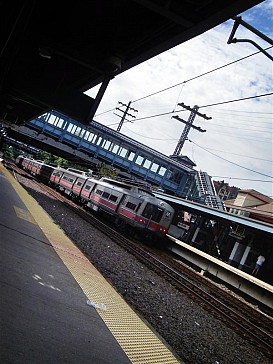
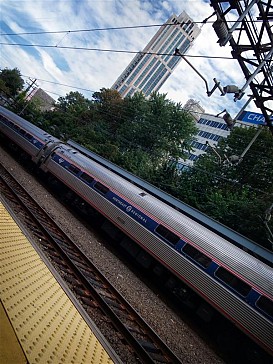
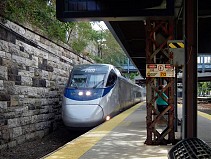
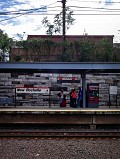
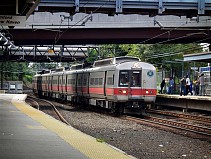
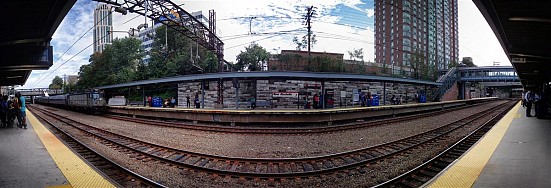
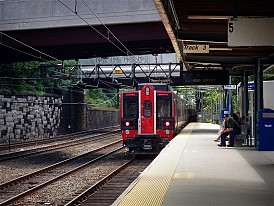
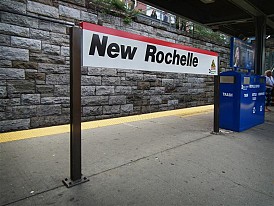
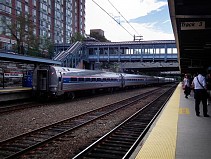
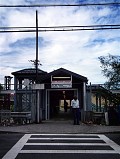
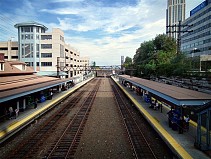
Let’s not forget that New Rochelle was also the home of Rob and Laura Petrie.
I totally had to google that, because I had no idea who Rob Petrie was!
And IIRC the home of the infamous teenaged check forger Frank Abignale Jr (who briefly went to Iona Prep).
I was honored to help extend New Rochelle’s muni Wi-Fi network to the train station in ’06 or so. The station was in great shape and it was fun to bring a modern amenity to a historic train station. The New Rochelle muni Wi-Fi has been shut down, but it was great to be a part of the project.
I went to Isaac E. Young Junior High School in New Rochelle, 1950-’53. The trolley cars were still running then, but they didn’t go ‘my way’. Boogers! New Rochelle had a significant yard, east of the station. The ‘Wire Train’ was based there and the yard was totally electrified. No roundhouse or turntable. The local freight served the Mount Vernon yard,and Wakefield yard, in conjunction with the NYC. Guess it did whatever on the Harlem River line, too, as well as serving the New Haven Trap Rock plant in Larchmont (under wire).
One of my favorite places to visit was the New Haven’s old Pelham Manor station. It housed a huge “O-scale” model railroad. The beautiful building was demolished when the New England Thruway (I-95) came through. Thanks, feds! The model railroad was stored in a couple of express cars in the Mount Vernon yard for years.
I hope you get a chance to document the NH Harlem River line, including its 6-track ROW.